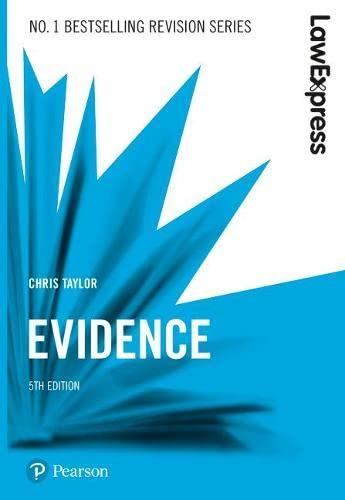Question
Nancy Polleys was a single mother living in Wyoming. She obtained federally guaranteed student loans totaling $51,000 to attend college. She ultimately obtained an accounting
Nancy Polleys was a single mother living in Wyoming. She obtained federally guaranteed student loans totaling $51,000 to attend college. She ultimately obtained an accounting degree and worked for a short time in the field before losing her job. Polleys subsequently spent several years working a number of jobs that paid as much as $16,000 to as little as $3,000 annually. As a result, Polleys became unable to repay her student loans, repayment of which would have required $420 per month for over 20 years. Polleys sought to discharge her student loan indebtedness in bankruptcy on the basis of undue hardship. At the time of the filing of her petition, Polleys lived in rental property owned by her parents and paid no rent or utilities. Polleys owned a 1993 Subaru with significant body damage, but she had little other property. Polleys qualified for food stamps, and her income was below federal poverty guidelines. Polleys had no health insurance. Although in good physical health, Polleys suffered from cyclothymic disorder for which she was undergoing mental health treatment, including the use of antidepressant medication. Her mental condition resulted in a suicide attempt and involuntary commitment on one occasion. Educational Credit Management Corporation, which was charged by the U.S. Department of Education with collecting delinquent federally guaranteed student loans, objected to the discharge. The basis for the objection was Polleys failure to prove that she could not maintain a minimal standard of living for herself and her daughter and that her current financial difficulties were most likely to continue for a significant amount of time, as well as the absence of a good-faith effort to repay the loans.
Should the court grant Polleys a discharge on the basis of undue hardship? What factors are relevant to making a hardship determination?
[Educational Credit Management Corp. v Polleys, 356 F.3d 1302 (10th Cir. 2004).]
Step by Step Solution
There are 3 Steps involved in it
Step: 1

Get Instant Access to Expert-Tailored Solutions
See step-by-step solutions with expert insights and AI powered tools for academic success
Step: 2

Step: 3

Ace Your Homework with AI
Get the answers you need in no time with our AI-driven, step-by-step assistance
Get Started


